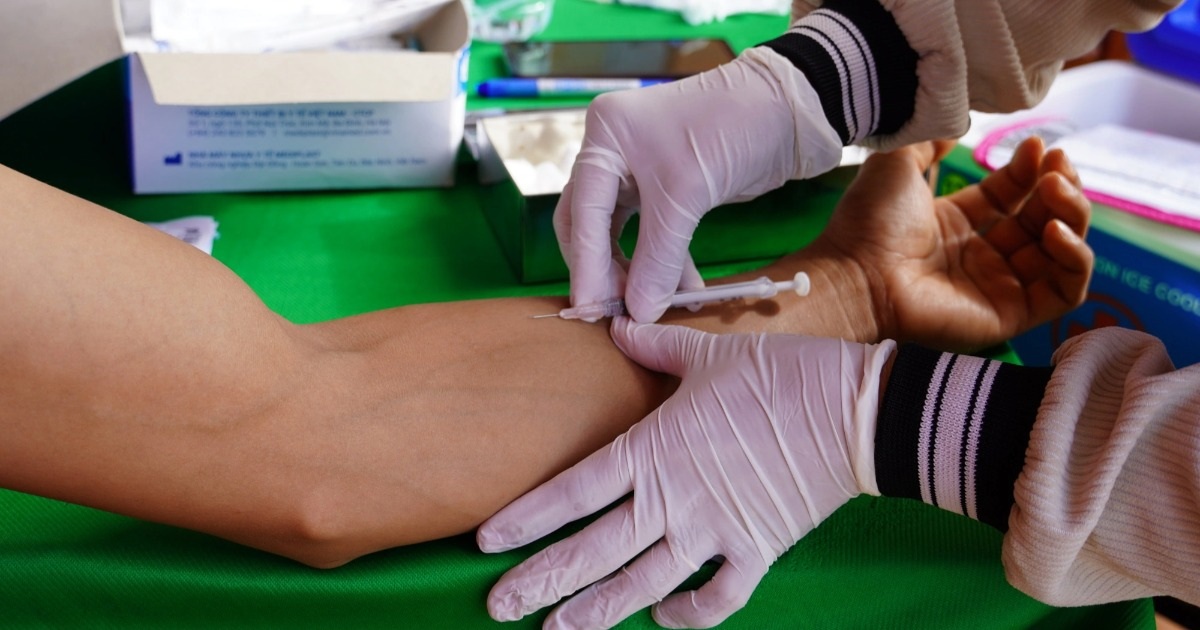The Republic of Vietnam faces significant challenges in controlling tuberculosis (TB), ranking 12th among 30 countries with the highest TB burden globally. Despite substantial efforts in TB prevention and control, the path ahead remains complex. This article examines the current TB situation in Vietnam, addressing key issues and proposing solutions for future control and elimination.
Overview of the Tuberculosis Situation in Vietnam
Celebrated annually on March 24th, World TB Day 2024, was commemorated by the Central Lung Hospital and Vietnam’s National Tuberculosis Control Program to raise public awareness of the substantial health, economic, and social burdens of TB. While Vietnam maintains a robust TB network across all districts, ensuring service accessibility for all citizens, and achieves high cure rates for new and relapse TB cases (nearly 90%), it remains among the 30 countries with the highest TB and drug-resistant TB burdens globally.
Alarming Tuberculosis Statistics in Vietnam (2023)
In 2023, Vietnam reported over 113,600 TB cases, with nearly 4,000 cases of drug-resistant TB. This alarming figure underscores the need for intensified efforts in TB prevention and control campaigns.
The epidemiological situation of TB in Vietnam remains critical. The WHO estimates that Vietnam sees approximately 182,000 new TB cases, 9,900 drug-resistant TB cases, and an estimated 11,000 annual deaths from TB annually. Vietnam is also ranked among the top 10 out of 30 countries with the highest number of drug-resistant TB cases globally. This challenging situation necessitates comprehensive and pragmatic solutions.
Challenges in Controlling Tuberculosis
Beyond the insufficient detection of TB cases in the community (currently estimated at around 60%), key challenges in TB control include:
- Decreasing financial resources: International funding for TB control is declining, hindering the procurement of essential medicines, equipment, and medical supplies. Bureaucratic hurdles and delays also impact detection and treatment activities.
- Low proven microbiological cure rates for pulmonary TB: This rate remains below target levels, necessitating specific strategies and measures for improvement.
- Shortage of trained personnel: The healthcare workforce needs training and knowledge enhancement in TB management to guarantee quality diagnostic and therapeutic services.
Solutions for Tuberculosis Control in Vietnam
To address these challenges, the National Tuberculosis Control Program proposes several crucial solutions:
- Increased national and healthcare insurance funding: Ensuring sustained financial resources for TB control, offsetting the declining international aid.
- Enhanced TB case detection in the community: Development of digital health records, alongside periodic TB screening programs in workplaces and communities.
- Improved training for healthcare professionals: Incorporating TB management into compulsory training curricula of medical schools and institutions to enhance the expertise of healthcare providers.
- Mobilizing support from organizations and individuals: Encouraging public awareness campaigns about TB and volunteer participation in TB prevention and control.
Conclusion
Vietnam’s struggle with TB requires collective efforts from the healthcare system, government, and the entire population. A coordinated implementation of these solutions will significantly reduce new TB cases, increase successful treatment rates, and contribute toward achieving the 2030 global TB elimination target, potentially sooner than anticipated.
References
- Original article source from Dantri.com.vn (and other reputable sources if available)



